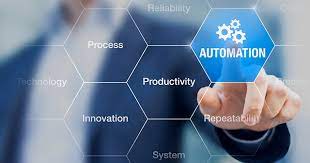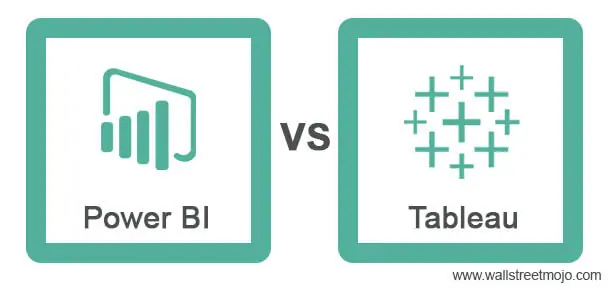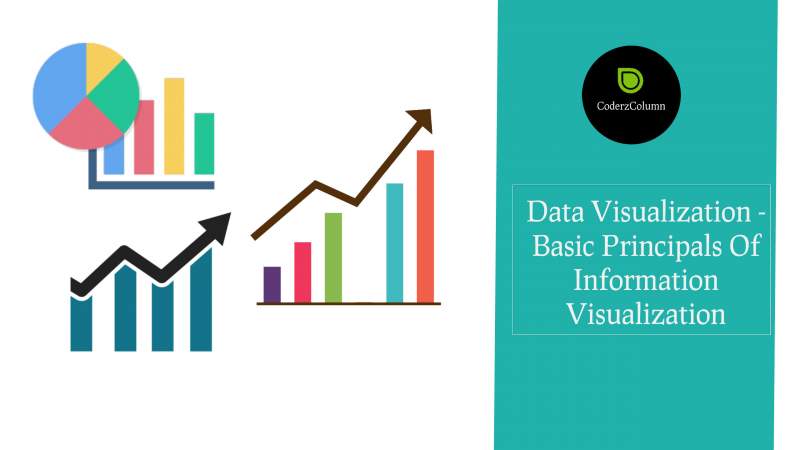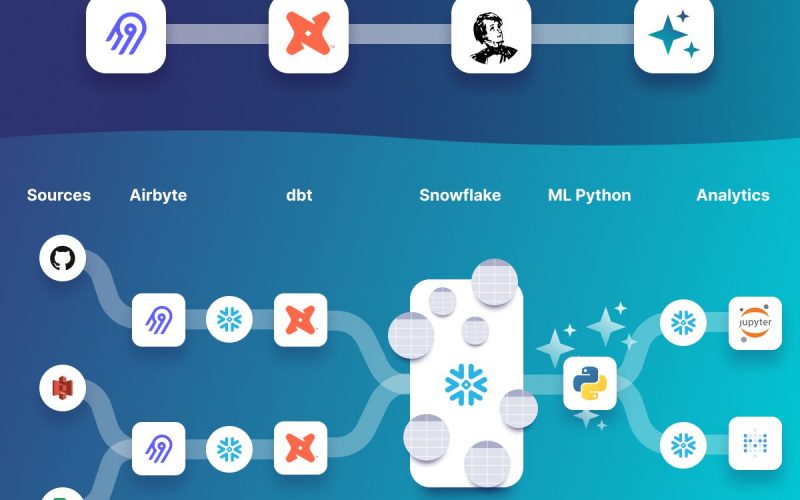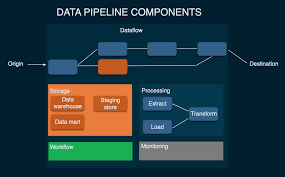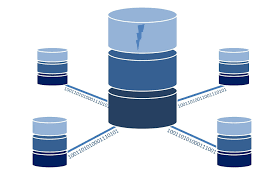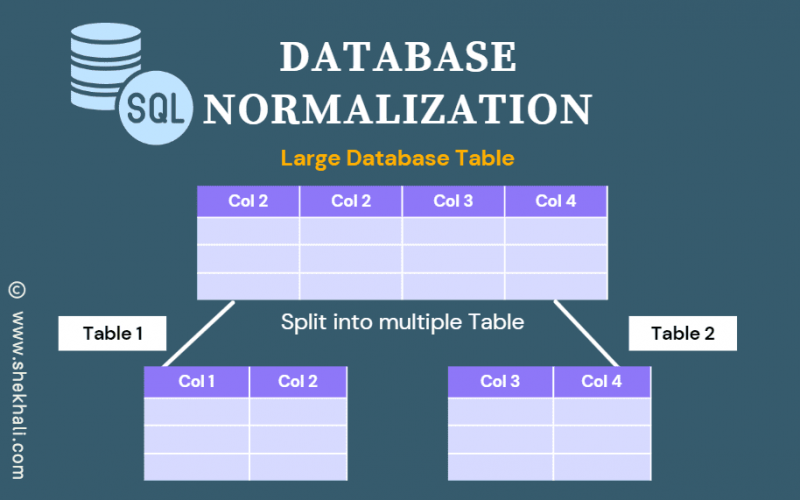24
Sep
Automation of reporting processes involves the use of technology and tools to streamline and optimize the generation, distribution, and analysis of reports. It reduces manual effort, minimizes errors, improves efficiency, and frees up valuable time for more strategic tasks. Here are some key considerations for automating reporting processes: Identify Reporting Needs:Understand the reporting requirements of your organization or team. Identify the key reports that need to be generated on a regular basis, including their frequency, content, and intended audience. This helps you prioritize and determine which reports are suitable for automation. Select Reporting Tools:Choose the appropriate reporting tools or software…
